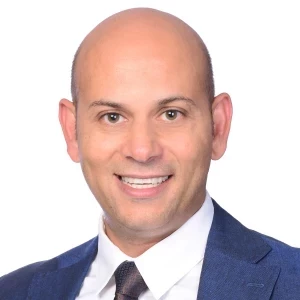Example Case Prompt:
“Power plants, chemical, paper and textile factories have polluted about 70 percent of China’s lakes and rivers. Water quality is a major concern for Chinese consumers. They are turning toward bottled water as a safer alternative. The cities continue to grow, as does the bottled water market. Nestlé wants to know how to grow its market share.”
My question is: Should I include growth strategies as a part of my framework or should I dedicate my framework to understanding Competition, Product, Company, and Customers. Meaning should I include my proposed solutions on ways to grow (acquire competitors, increase product offerings, increase distrubition channels, increase/decrease prices, invest in marketing campaign, etc) or should that be apart of my recommendation only. Very lost on where this comes in during the interview?














